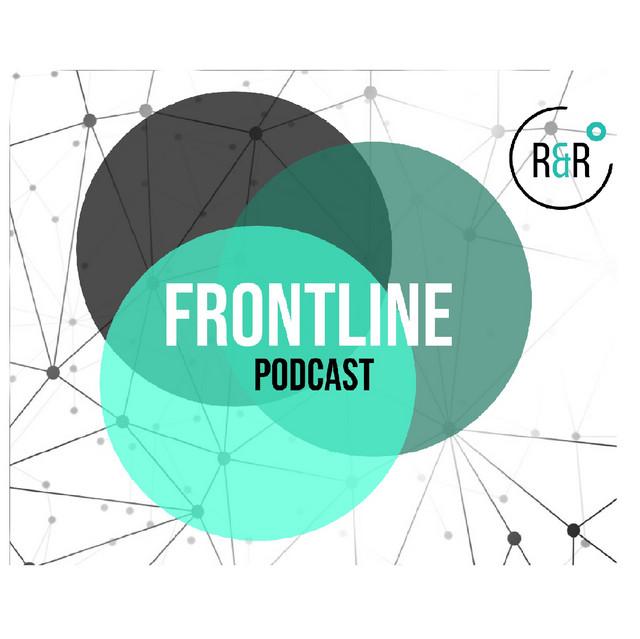We’re pleased to say that The Wallich has now fully adopted the use of safety assessments and safety plans with our service users.
Why does this matter? Because our services should be trauma informed, from the support we deliver to the paperwork we have to do.

Safety plans are not new and have been used for some time in mental health settings, domestic violence services and suicide or crisis intervention.
They are strengths-based and used collaboratively with staff to focus on what an individual can do to stay safe, as well as what others working with them can do to help.
However, generally safety plans are not used to focus on how the individual could affect other people’s safety.
We believe we are one of the first to adapt safety plans and assessments for the homelessness sector.
For service users, it can feel like a risk assessment is done to them rather than with them.
This can result in a focus mainly on the risk of harm from them to others.
Risk assessments can feel depersonalised as the processes and language come from the world of health and safety.
When working towards a more psychologically informed risk assessment procedure, our Head of PIE Operations and Therapeutic Services wanted to ensure the process emphasises physical, psychological and emotional safety for both service users and staff.
“I work with many organisations attempting to embed a trauma informed / psychologically informed approach.
“Classic risk management can sometimes limit engagement by attempting to predict future behaviours with minimal input from service users.
“This can increase the likelihood of crisis events and then punitive responses.
“Taking a safety-first approach limits this and encourages service users to manage their own risks and limits crisis events from happening.
“Organisations like The Wallich, who take this approach are demonstrating how this can be done in the true spirit of helping and supporting people.
“It is a brave step that empowers staff to get the best engagement possible and ultimately the best outcomes.
“For me, this really is a game changer that will hopefully be standard practice in years to come.”
With our new safety assessment and planning procedure, we have incorporated the collaborative, strengths-based approach to the individual.
We also retain the ability to discuss any issues where the individual could affect other people’s safety, in a more relaxed conversational style than a traditional form filling risk assessment.
Staff carry out an initial safety assessment to discuss what the service user feels affects their safety, whilst also covering information received in the referral.
From this initial assessment, we then collaborate with the service user to produce detailed safety plans on all relevant issues.
Producing safety plans this way helps build good relationships and promotes a sense of safety from the start of someone’s time with us.
The safety plans create a sense of shared ownership and empowerment for our service users as it helps them to focus on their own strengths and coping mechanisms.
We know it is a bold move for an organisation like The Wallich to move away from risk assessments, but we believe what we are doing is a better, more trauma-informed way of doing things.
Though we may be leading on this, we have shared our work with others across the UK and know that they are looking to introduce something similar.
We feel that working in this way will ultimately help to reduce the stigma and discrimination faced by our service users and help them see themselves differently with their own strengths rather than someone that is ‘a risk’.
This can lead to a better understanding of the people we support for other agencies and services, as we share safety assessments to help people move on.
As we transitioned to using safety assessment and safety plans, feedback from service users, staff and sector partners has been positive.
We look forward to achieving more positive outcomes with the people we support, working collaboratively on our collective safety and evolving service delivery in the homelessness sector.

Anthony, Head of PIE Operations and Therapeutic Services recently featured on David Gill’s Frontline podcast, discussing the work done to embed safety assessments and plans.
Listen on Apple podcasts or Spotify.